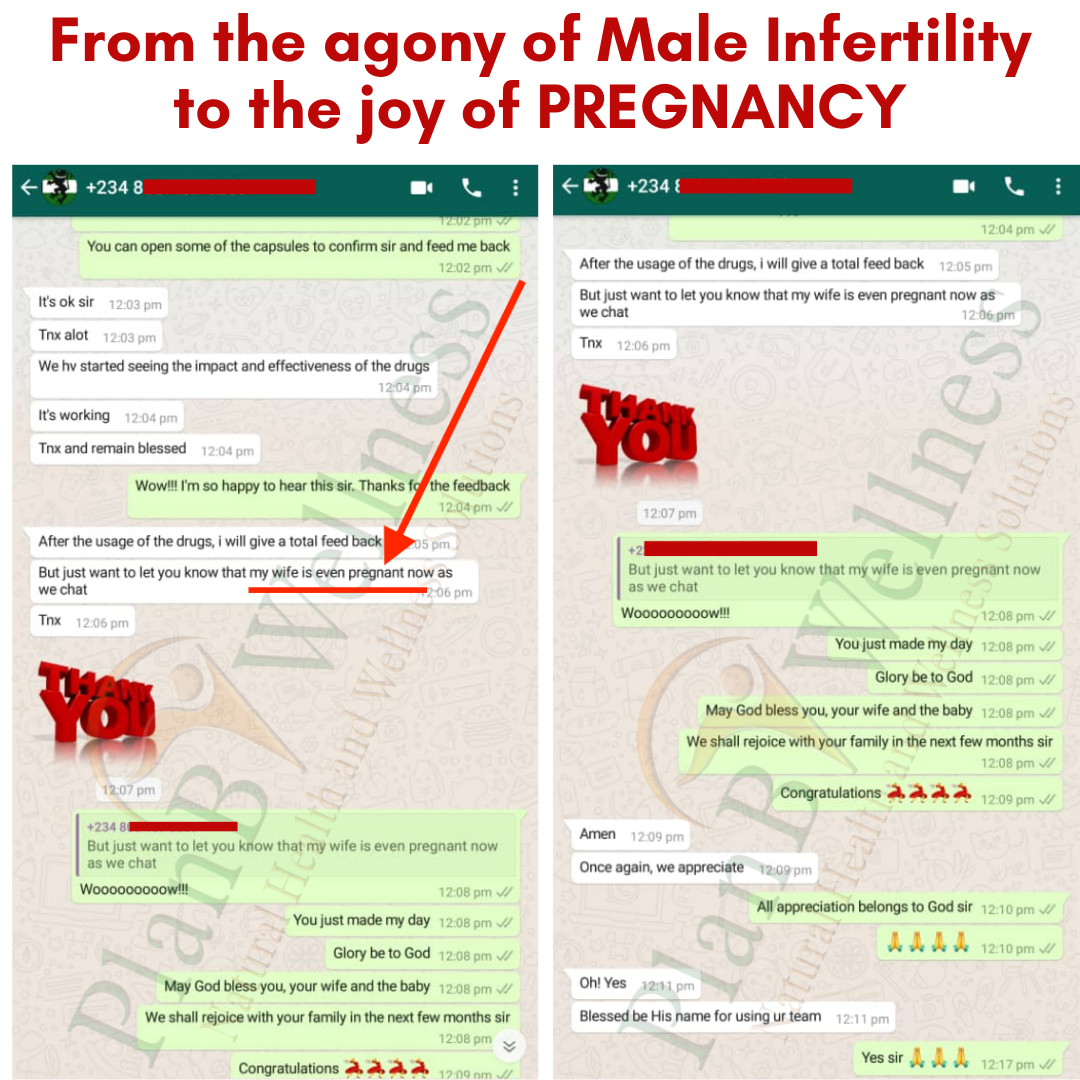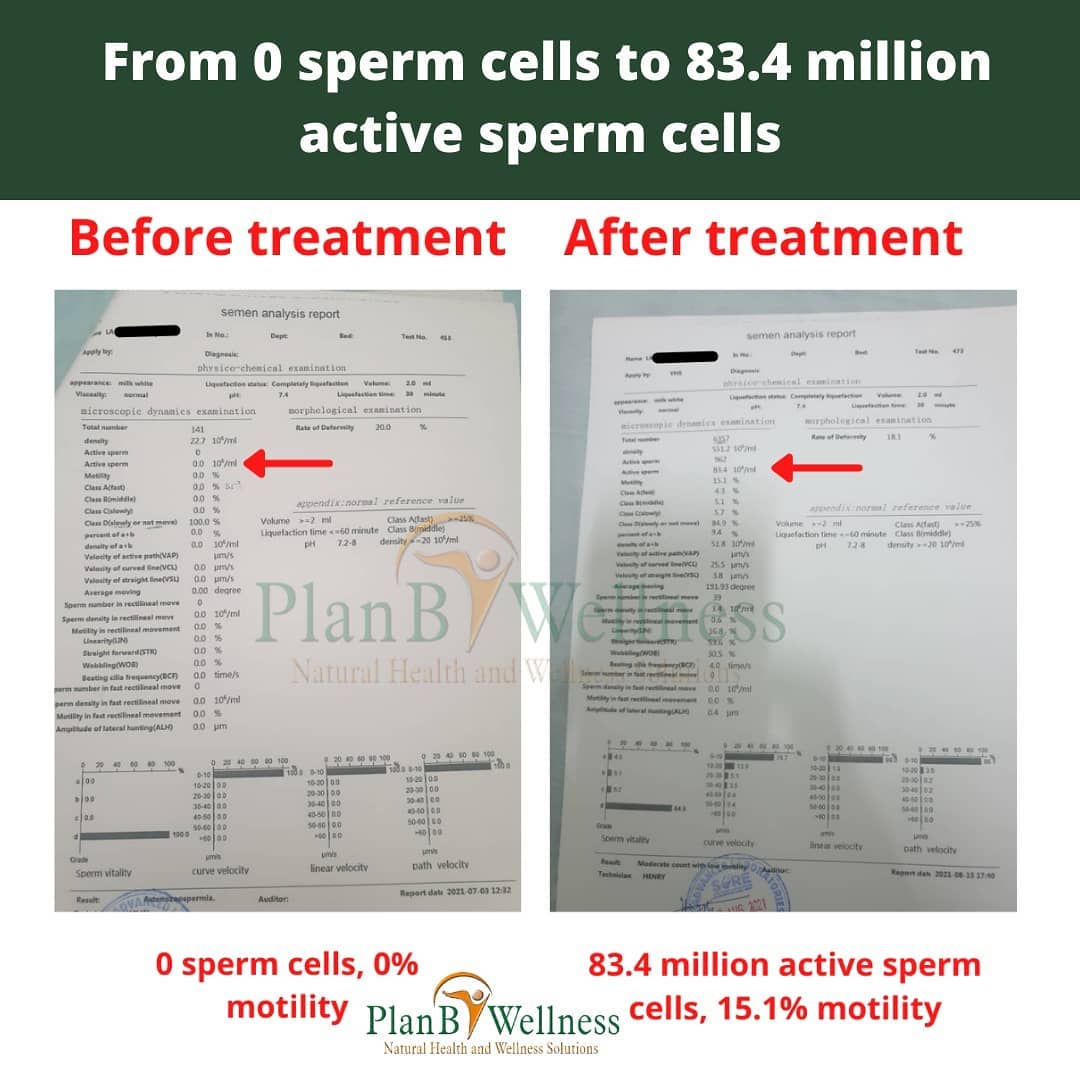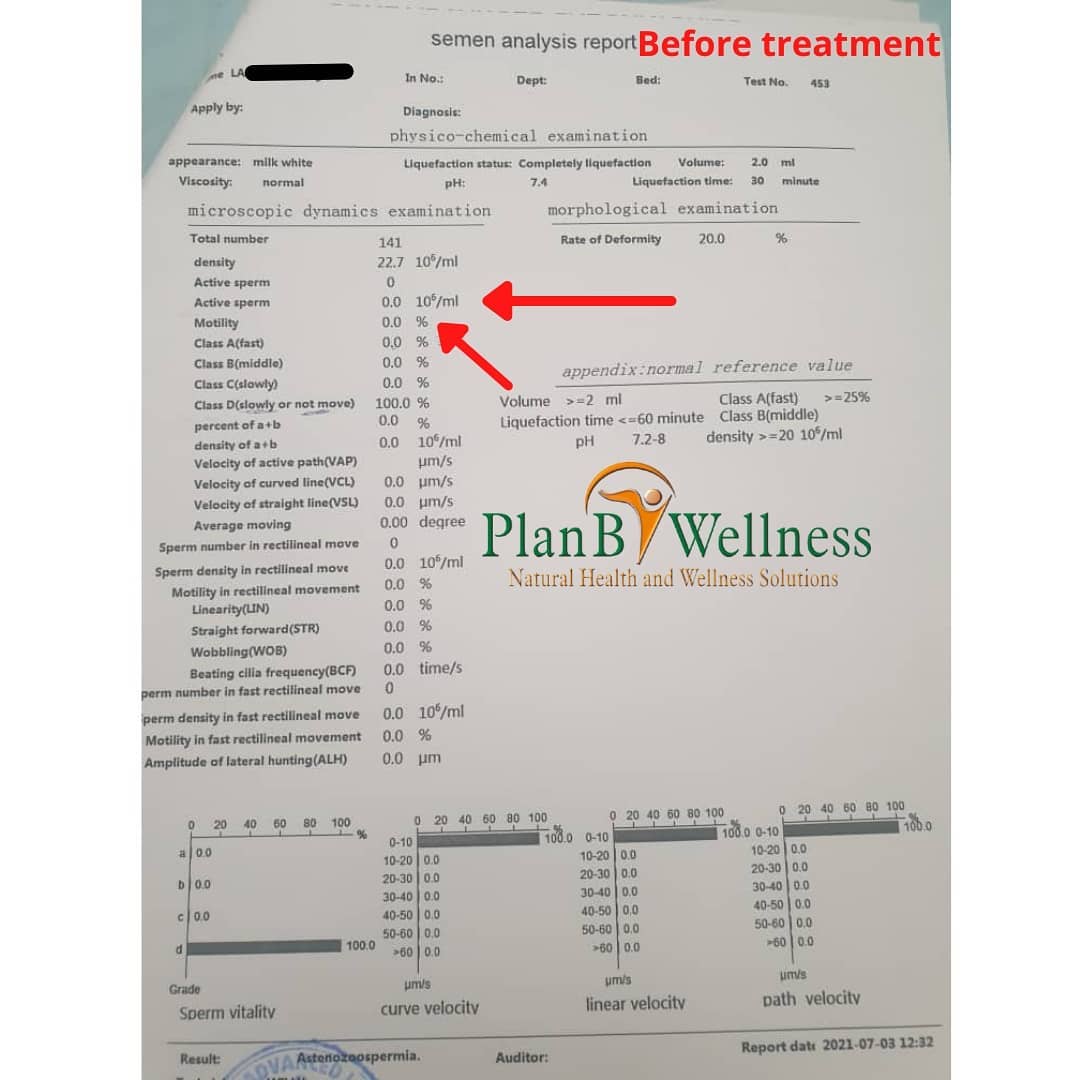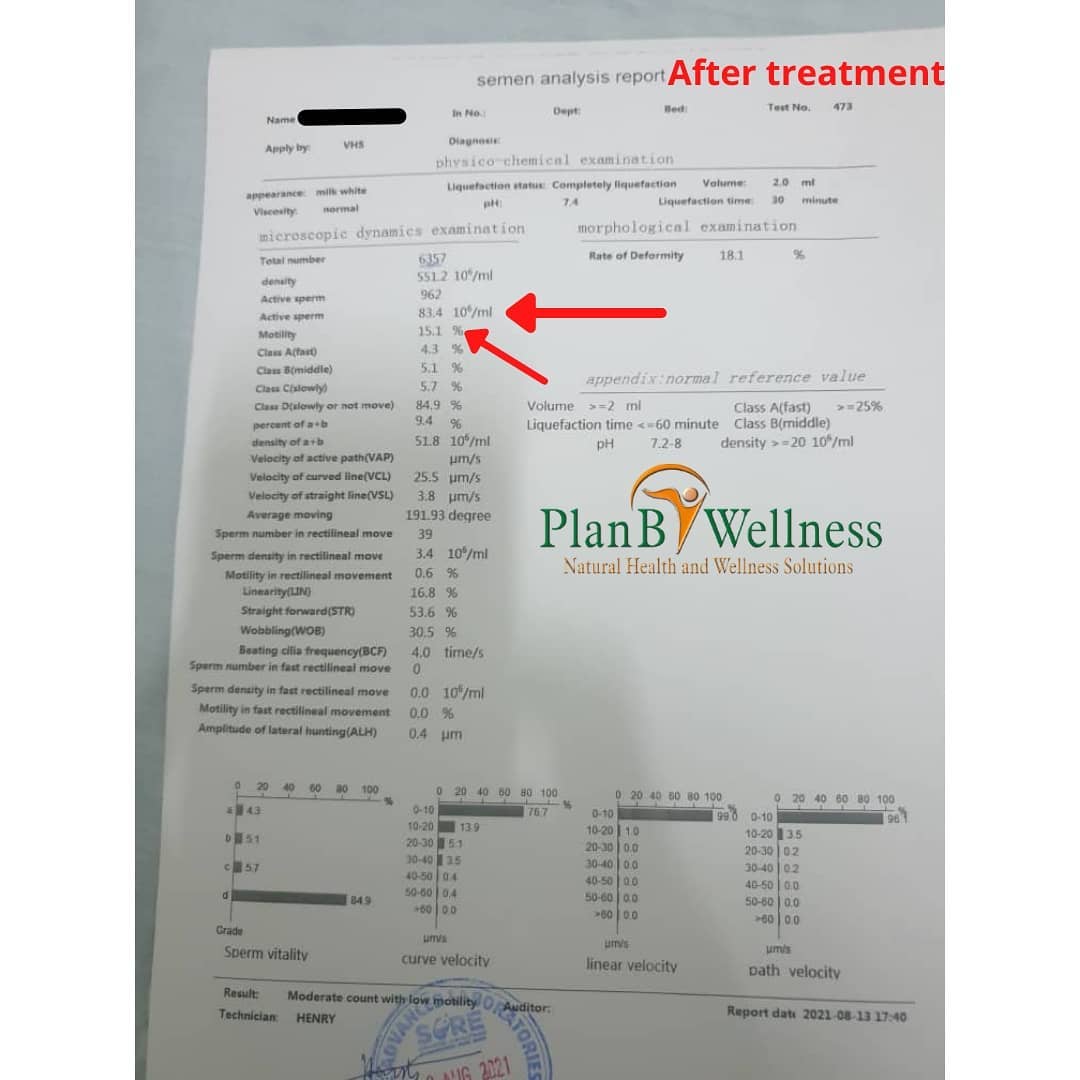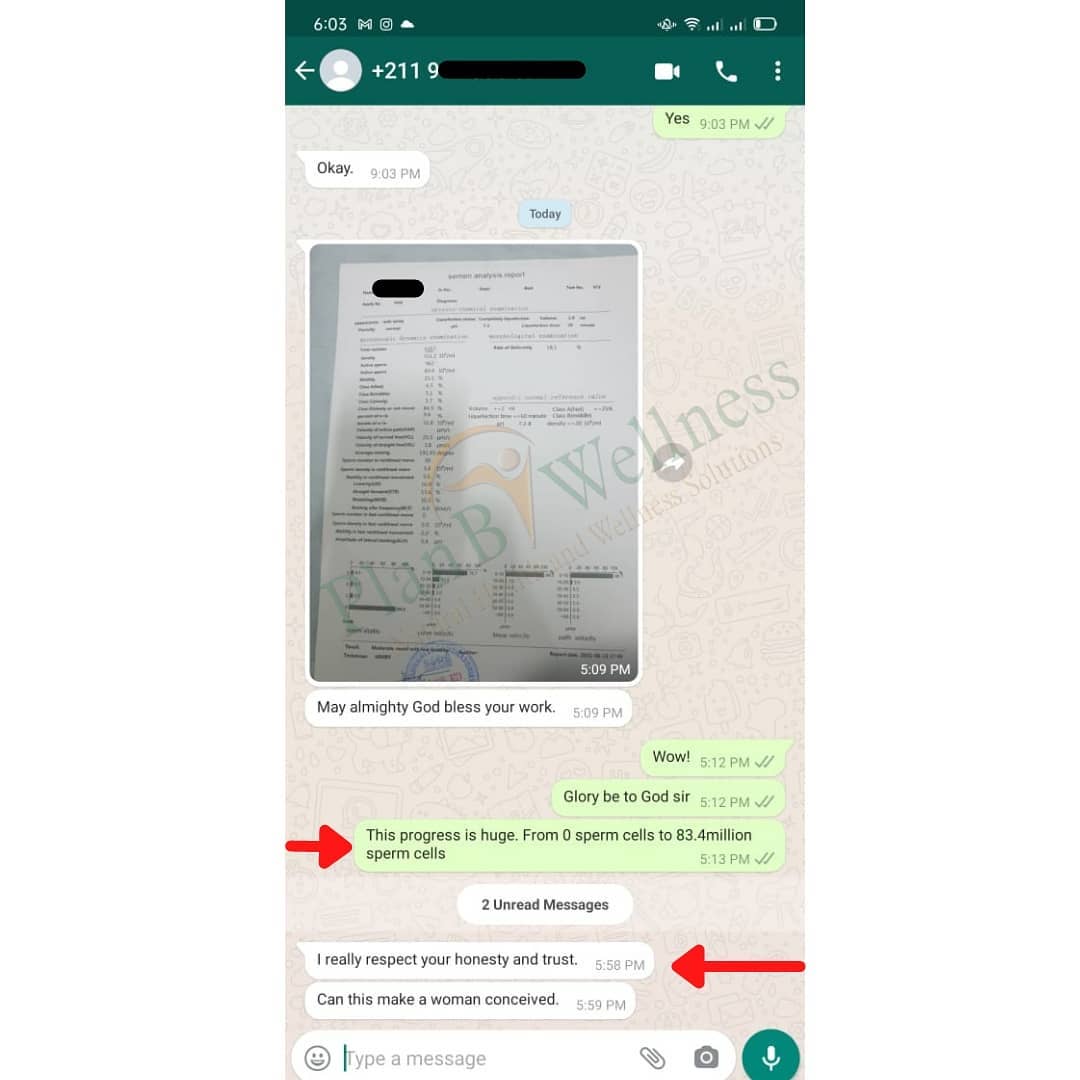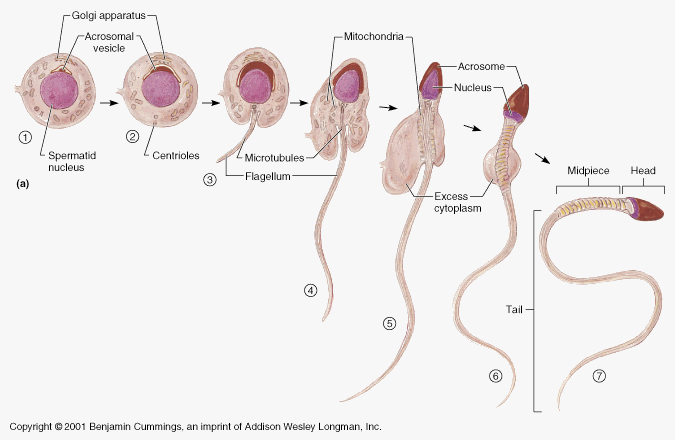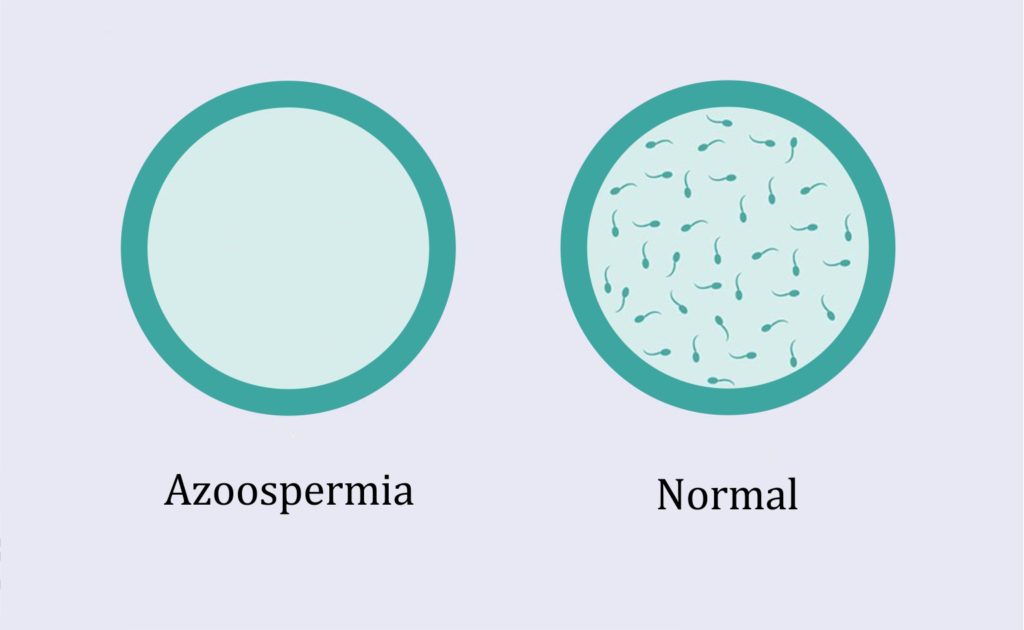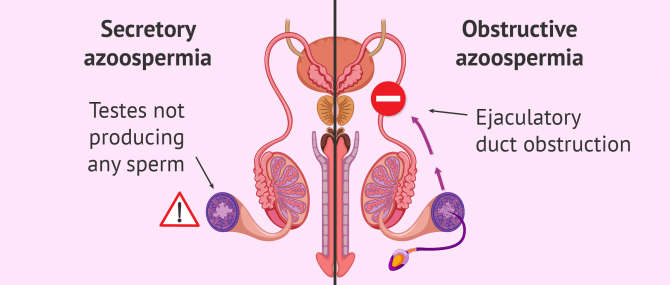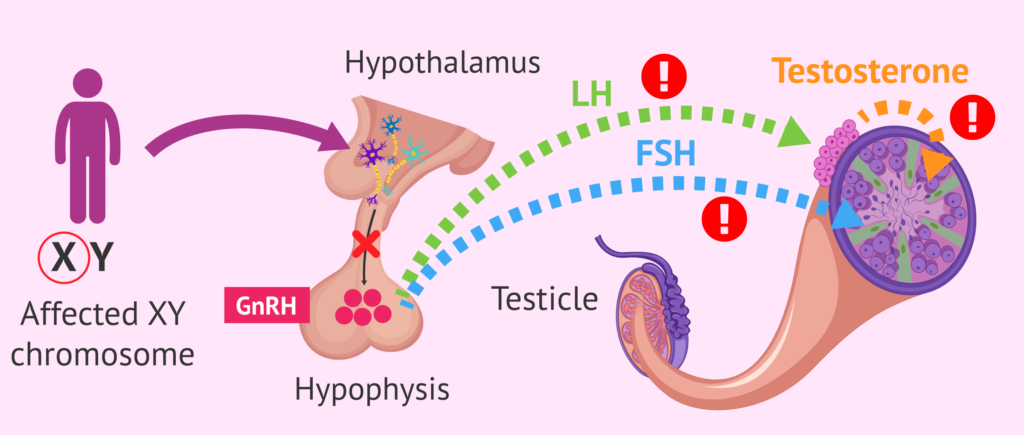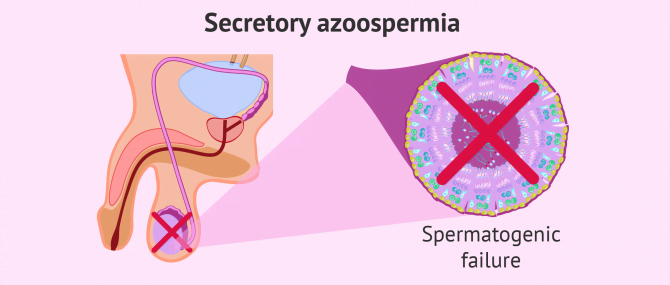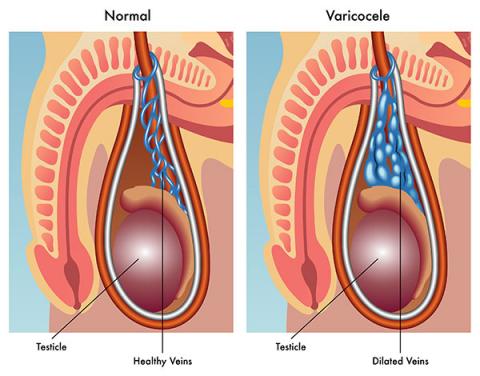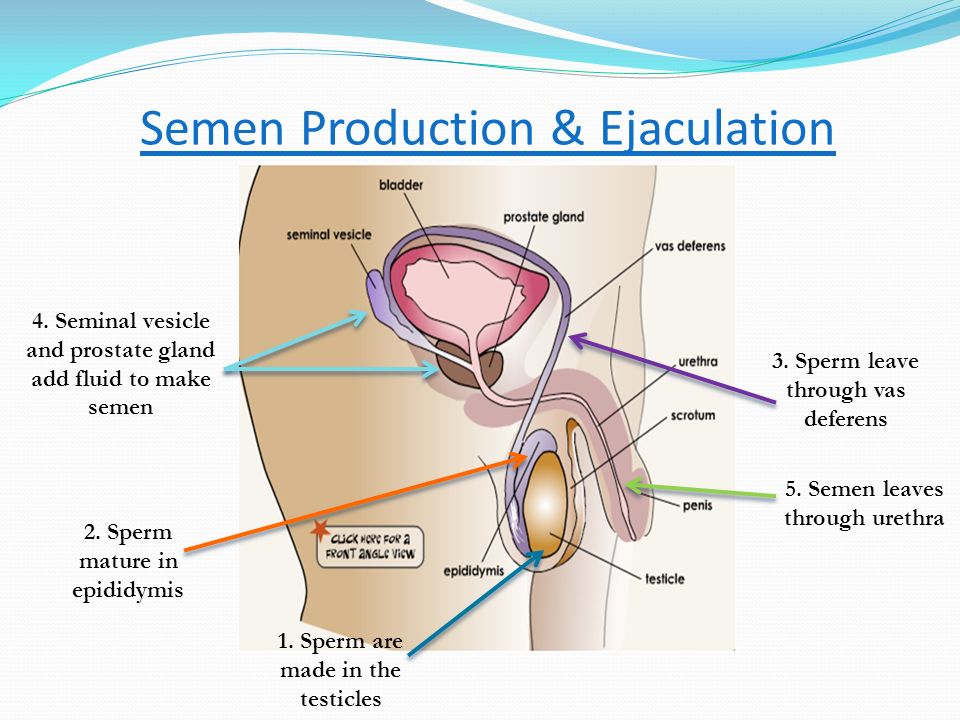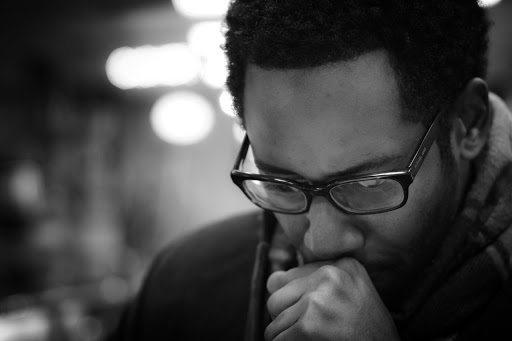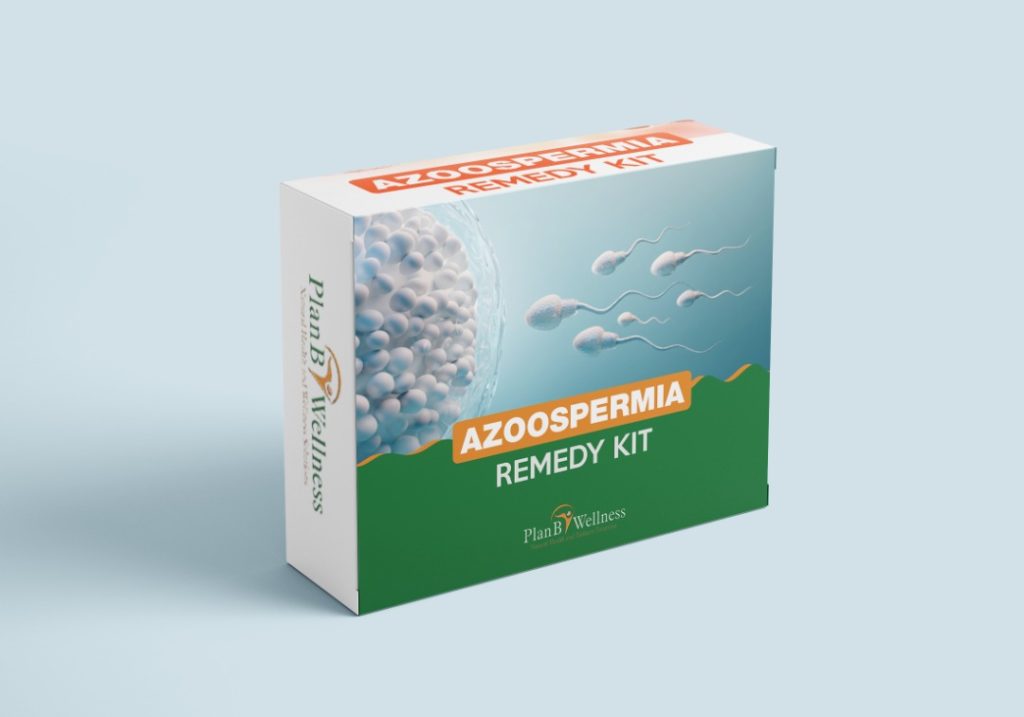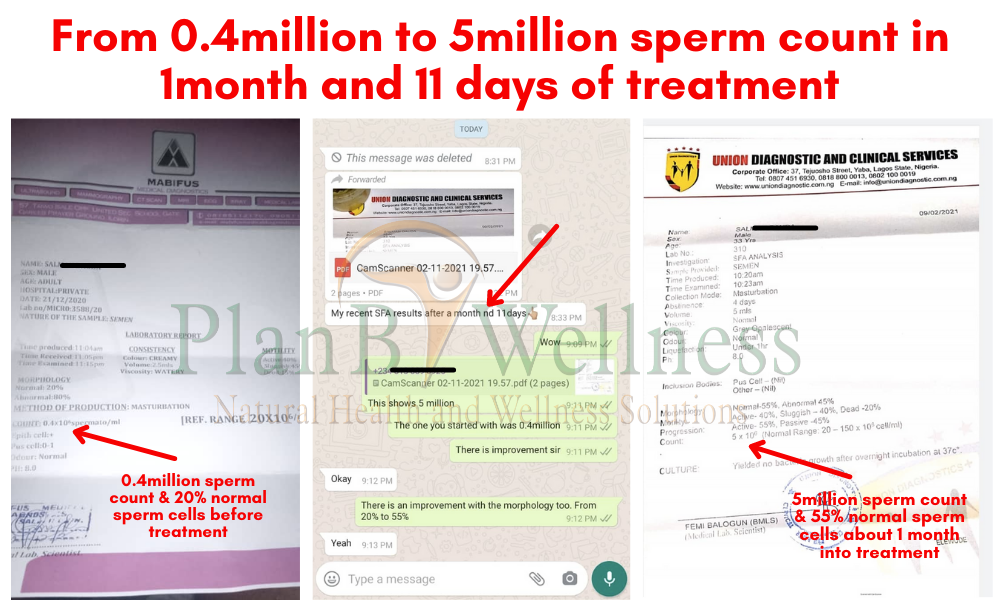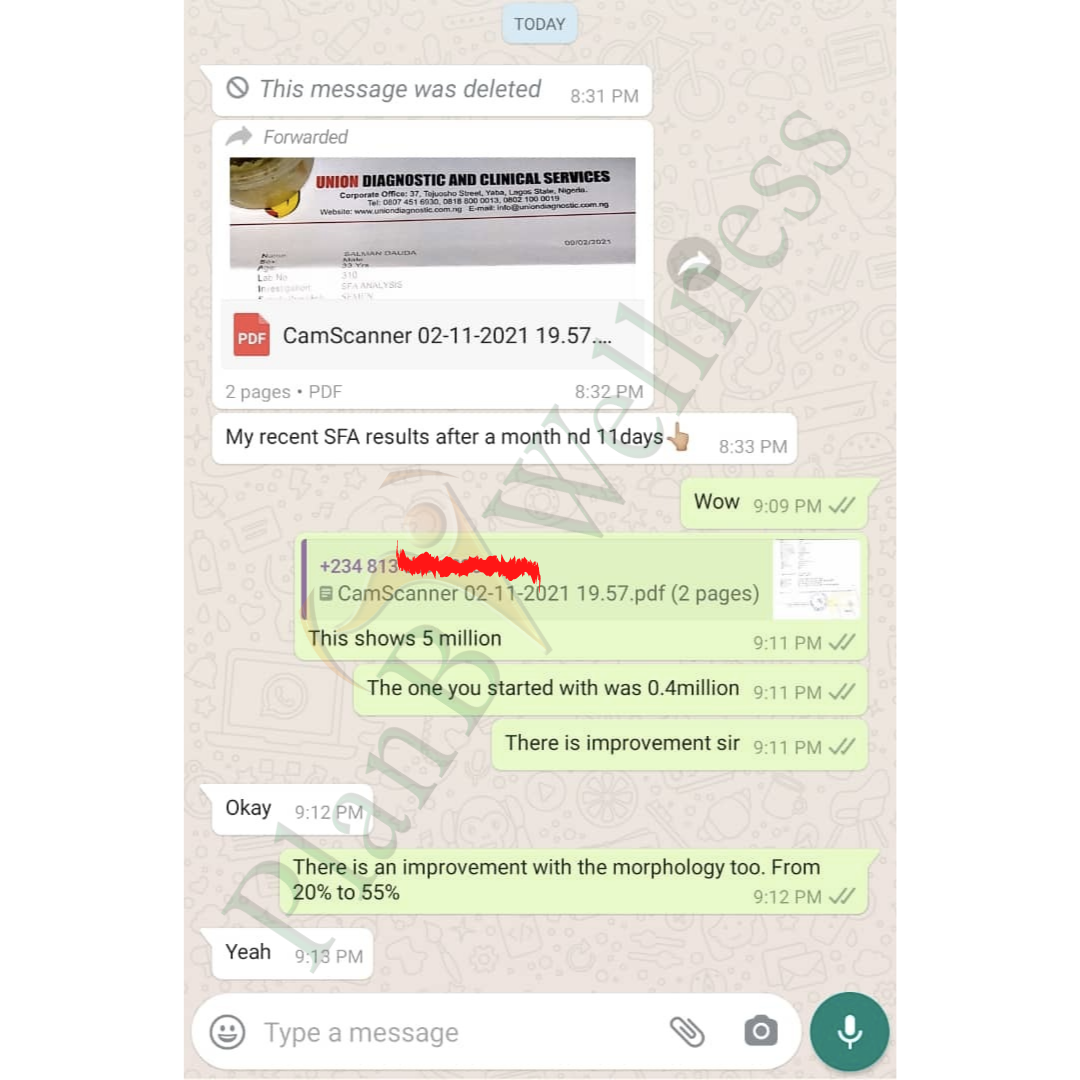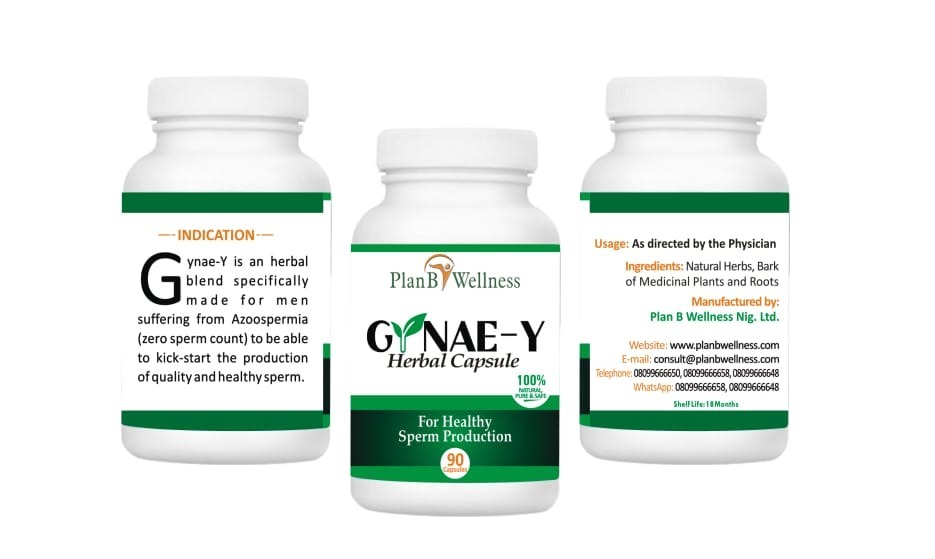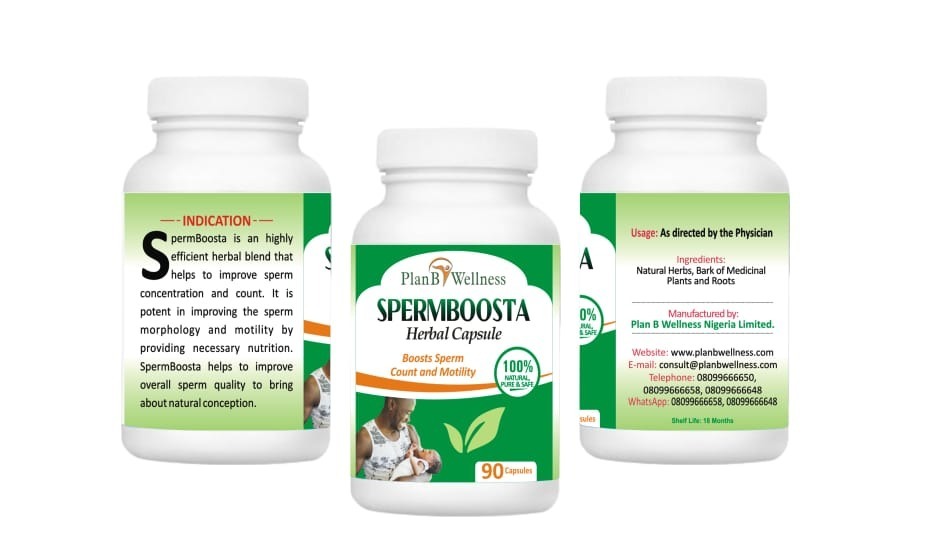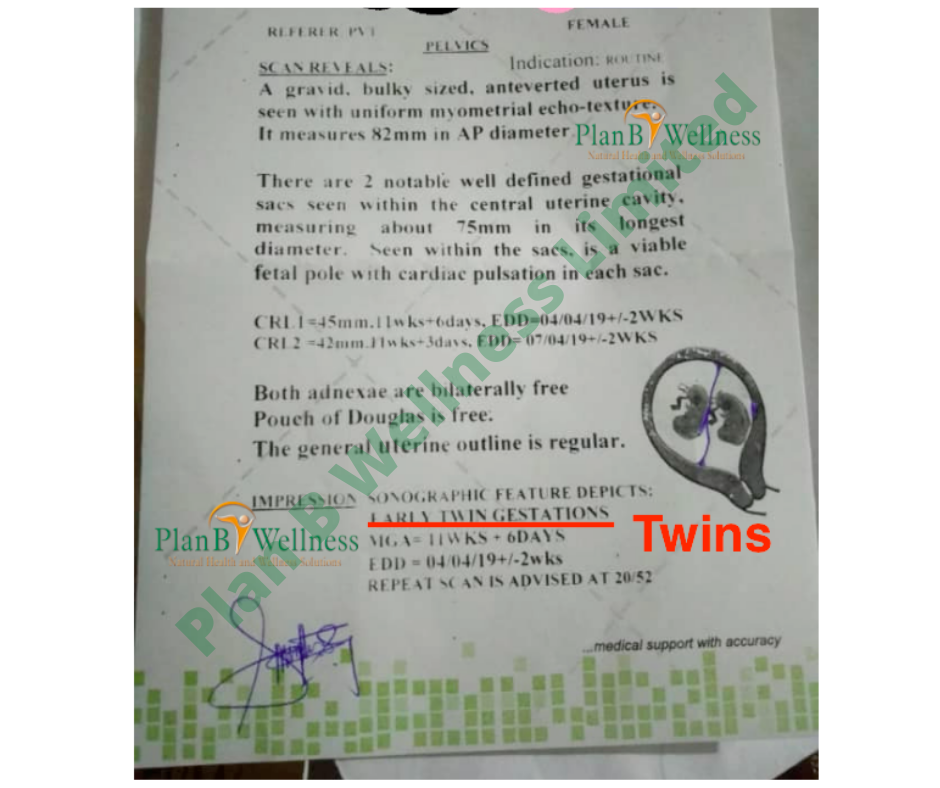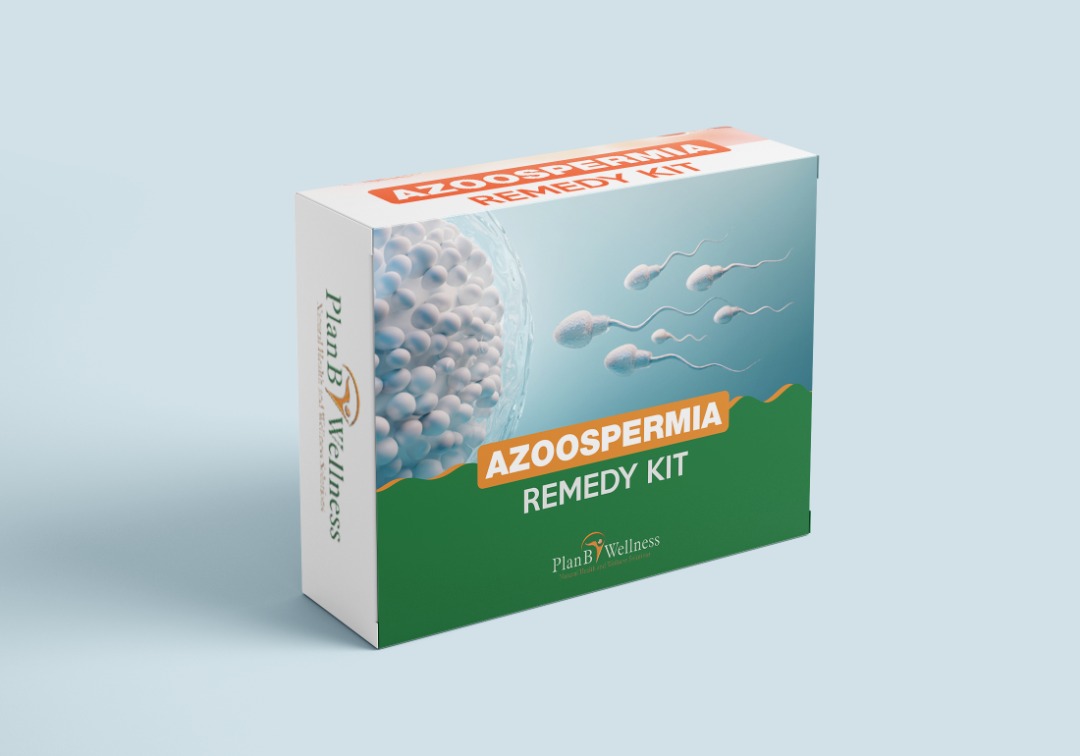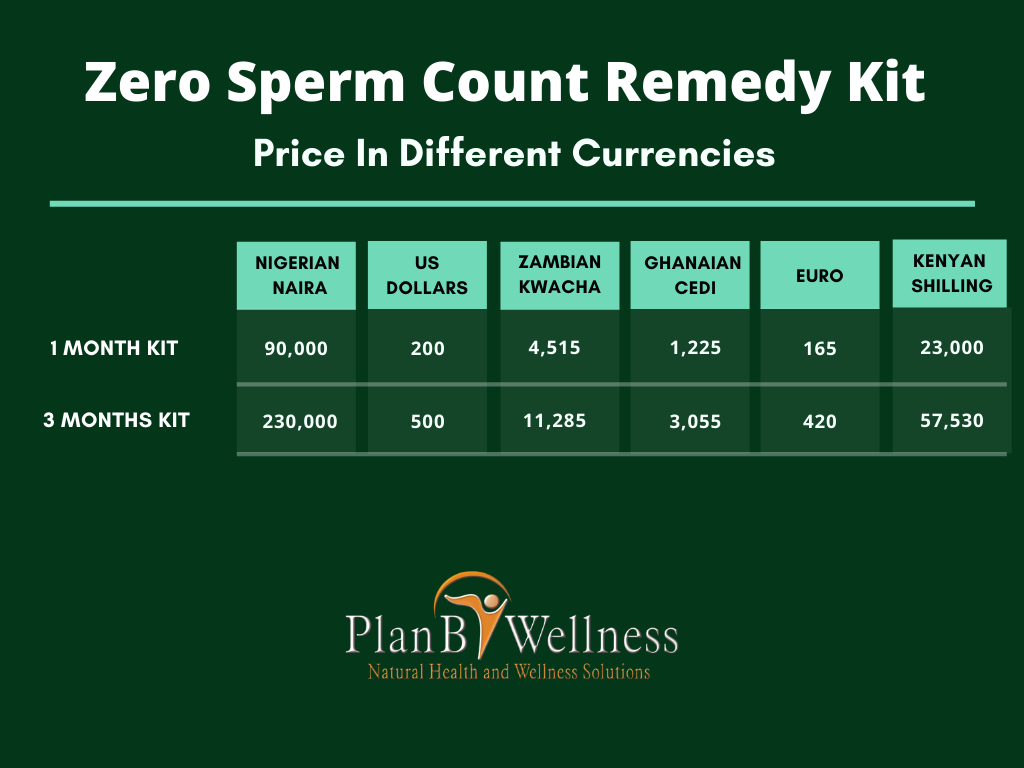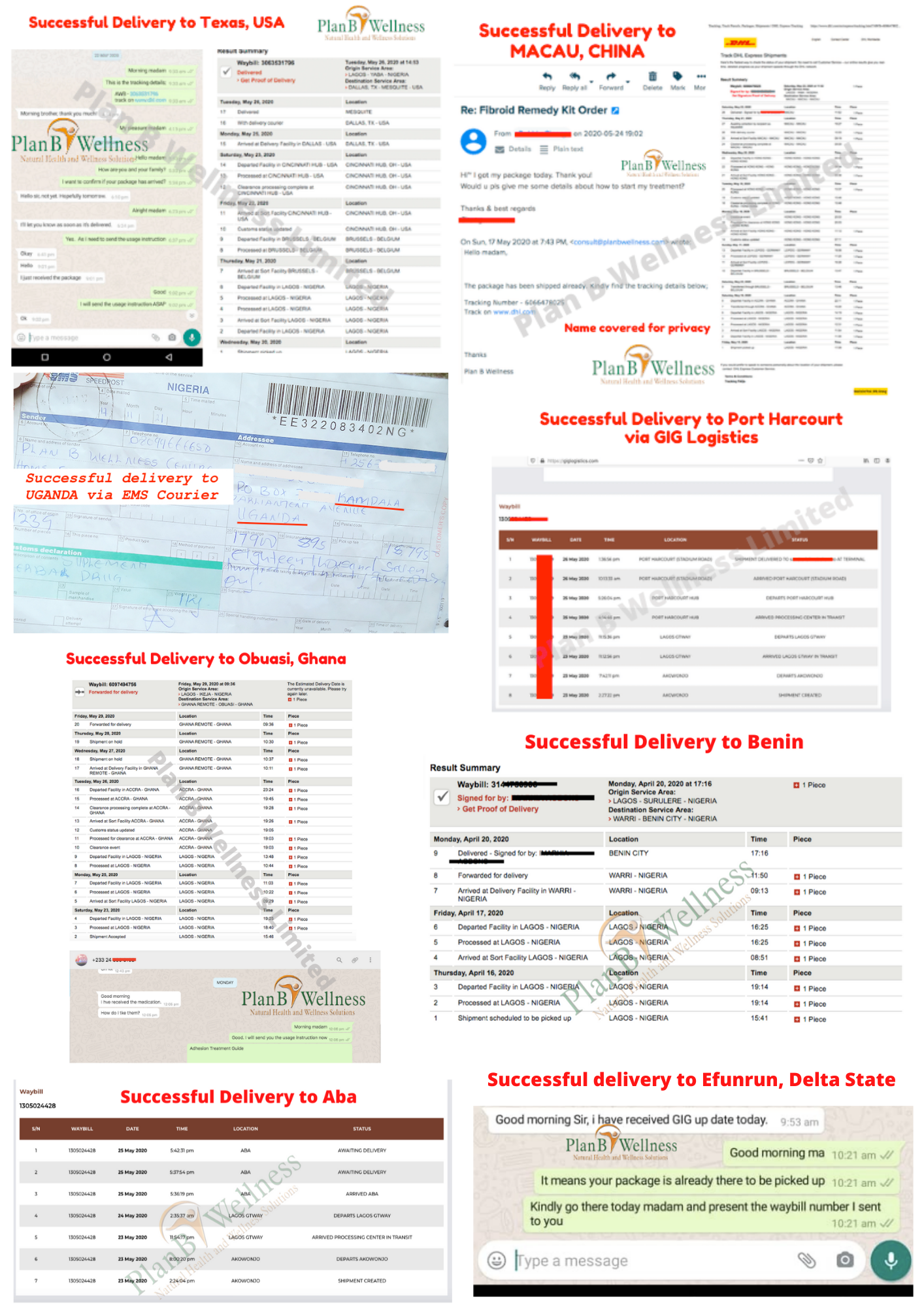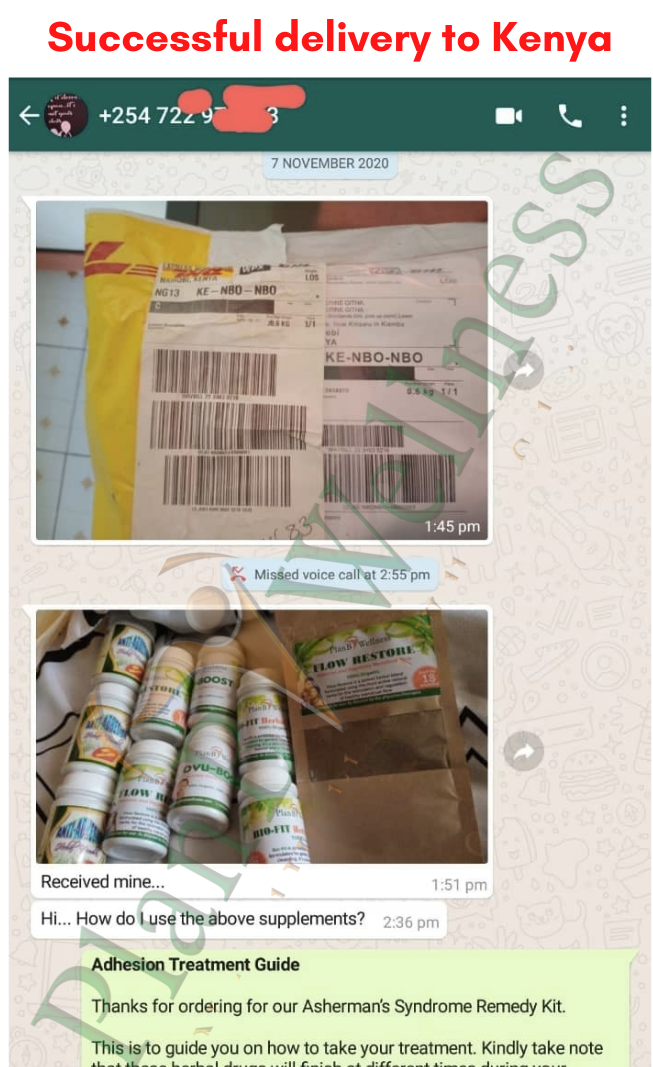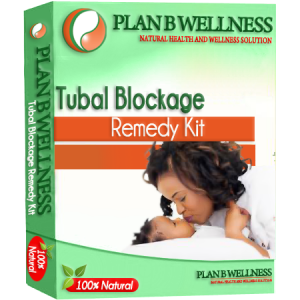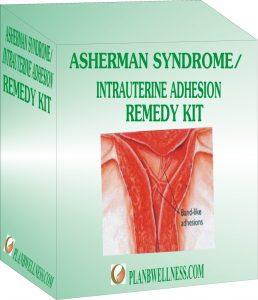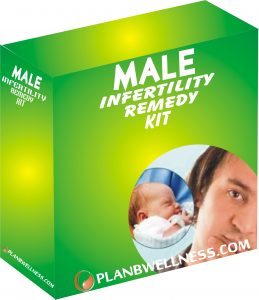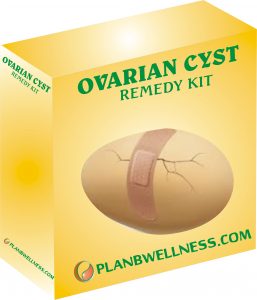In the last 8 years, our highly potent herbal medicines for azoospermia have successfully helped men with zero sperm count to father a child naturally, either non-obstructive azoospermia or obstructive azoospermia.
We have had satisfied men from more than 20 countries around the world.
NOTE: If you don’t want to continue wasting your money, energy and time on azoospermia treatments that won’t work for you, it is better you go through the details below about azoospermia. It will enlighten you on your particular case of azoospermia and the way out. You will also see clearly, why other therapies and interventions you have used in the past did not work.
Five percent (5%) of infertile men have azoospermia, or an absence of sperm in the ejaculate. But thanks to natural herbs, men with azoospermia do not have to give up their hopes of fathering a child.
To understand azoospermia, having at least a basic understanding of how sperm are produced and get into the ejaculate (semen) can help.
Sperm cells begin their journey in the testicles, which are held slightly outside of the body in the scrotum. The testicles are slightly outside of the body because sperm are sensitive to heat. A man’s internal body temperature is too high for sperm cells to survive.
The sperm cells don’t just float around in a pool of fluids in the testicles. Instead, they develop inside a system of tiny tubes known as the seminiferous tubules.
Sperm cells also don’t start in their tadpole-like form, with a head and a tail, either. They begin as tiny round cells. Only when exposed to reproductive hormones like testosterone, FSH (follicle-stimulating hormone), and LH (luteinizing hormone) do they mature and develop into the sperm cells you’re more familiar with. These hormones are controlled and produced by the pituitary gland and the testicles.
Sperm maturation is a physiological process whereby spermatozoa acquire fertilizing capacity during their transit through the epididymis.
Spermatogenesis is the origin and development of the sperm cells within the male reproductive organs, the testes. Sperm cells are produced within the testes in structures called seminiferous tubules.
After the sperm cells get to a certain level of maturity in the seminiferous tubules (as explained earlier), they move into the epididymis, a long, coiled tubal area. They continue to develop further here for several weeks.
After the epididymis, the sperm cells move into the vas deferens (the vas deferens is what’s cut during a vasectomy).

After the vas deferens, the sperm travel in the seminal vesicle, also known as the seminal gland. Here, the majority of the fluid that makes up semen is produced. This fluid nourishes the sperm cells. The next stop is the prostate gland, where prostate fluids are added to the overall semen mix.
The prostate gland is the last stop sperm make on their journey before they move into the urethra during ejaculation. The urethra travels from the bladder, through the prostate gland, and eventually through the penis.
Just below the prostate gland sit two pea-sized glands known as the bulbourethral gland or Cowper’s Gland. While sperm don’t directly travel through these glands, before ejaculation, the glands release a fluid that neutralizes any acidity in the urethra left from previous urination.
What keeps urine from ejecting through the urethra during ejaculation? The muscles around the “neck” of the bladder tighten when a man has an erection. This keeps the urine from leaving the bladder during male arousal.
In summary, sperm is made in the testicles. It travels through the reproductive tract and mixes with the fluid that’s found in the seminal ducts. Together, the sperm and this fluid make semen (the thick, white ejaculate that comes out of the penis when a man reaches orgasm).
With azoospermia, the sperm is taken out of the equation. You may have ejaculate (semen), but it doesn’t contain sperm. You may be familiar with the term “low sperm count” — but azoospermia, on the other hand, is referred to as “no sperm count.”
The primary question, which needs to be answered when faced with azoospermia, is; whether the problem lies in the sperm production or in the delivery.
That is, are the testes simply not producing sperm or are they producing sperm but unable to deliver it in the ejaculate? The purpose of an initial evaluation is to distinguish between these two alternatives.
If the testes are making sperm but none are in the ejaculate (semen), the sperm must be retrieved by some other mechanism, either by restoring the normal flow of sperm or by circumventing it.
If the testes are not producing sperm, then we need to explore whether the problem can be reversed. Even if the problem cannot be reversed, there are a number of cases in which the level of spermatogenesis is advanced enough to allow a natural conception with our approach.
The following paragraphs briefly describe causes for both production and delivery problems of Azoospermia;
Sperm delivery complications are generally caused either by a problem with the ductal system that carries the sperm, or problems with ejaculation.
The sperm-carrying ducts may be missing or blocked. Thus the patient may have bilateral (both sides) congenital (from birth) absence of the vas deferens. Or he may have obstructions either at the level of the epididymis (the delicate tubular structure draining the testes) or higher up in the more muscular vas deferens. It may also have become mechanically blocked during hernia or hydrocele repairs.
Sperm are stored in sacs called the seminal vesicles, and then are deposited in the urethra, which is the tube through which men urinate and ejaculate. The sperm must pass through the ejaculatory ducts to get from the seminal vesicles to the urethra. If these are blocked on one or both sides, no sperm will come through.
Finally, there may be problems with ejaculation. Before a man ejaculates, the sperm must first be deposited in the urethra. This process is called emission. There may be neurological damage from surgery, diabetes, or spinal cord injury, which prevents this from happening.
Also, for the sperm to be pushed out the tip of the penis, the entry to the bladder must be closed down. If it does not close down the sperm will be pushed into the bladder, and later washed out when the patient urinates.
The most basic way you might be diagnosed with azoospermia is through a semen analysis. Your doctor will ask you to ejaculate into a cup and submit the specimen to a lab for testing. If no living sperm is observed in the ejaculate/semen, it’s possible you may have azoospermia.
Along with a physical exam, your doctor will be interested in your medical history. They may ask questions about;
- your fertility history (whether or not you’ve fathered children)
- your family history (like history of cystic fibrosis or fertility issues)
- illnesses you had as a child
- different surgeries or procedures you’ve had to the pelvic area or reproductive tract
- history of infections, like urinary tract infections (UTIs) or sexually transmitted infections (STIs)
- prior or current exposure to things like radiation or chemotherapy
- prior or current medication use
- any possible misuse of drugs or alcohol
- recent illness that involved fever
- recent exposure to high heat
Other diagnostic tools might include:
- blood tests to evaluate hormone levels or genetic conditions
- ultrasound to visualize the scrotum and other parts of the reproductive tract
- brain imaging to look for issues with the hypothalamus or pituitary gland
- biopsies to more closely examine sperm production
To some, the answer is no. While to some, the answer is yes. It depends on who you ask and their level of experience in handling cases of azoospermia.
However, if you ask us at Plan B Wellness, the answer is YES.
We have handled several cases successfully that have been previously condemned by doctors that there was no hope for them.
The truth is that, we are endowed by nature with roots and herbs that are highly potent and effective.
At Plan B Wellness, we have unparalleled knowledge of herbs for healing and our results are the confirmation we have to show for it.
Below Are The 3 Important Features That Make Our Azoospermia Remedy Kit Unique and Different From Other Things/Therapies You Might Have Used or Come Across Before;
What is the best treatment for azoospermia?
There is no one-size-fits-all solution. That’s why most drugs and therapies out there do not work for many people. The best treatment for azoospermia depends on you — more specifically, your blood test and semen analysis results, physical exam, reproductive function, age, lifestyle and other factors. Once we learn more about you (through our treatment questionnaire) and the suspected cause of your azoospermia, we can personalize/tailor treatment options to fit your case.
Whatsapp/SMS/Call – +2348099666658, +2348099666648.
Telephone – +2348099666650 (call and SMS)
Email – consult@planbwellness.com (24/7)
Office Address – Suite B54, De PlazaVille Complex, Awolowo Way, Ikeja, Lagos


